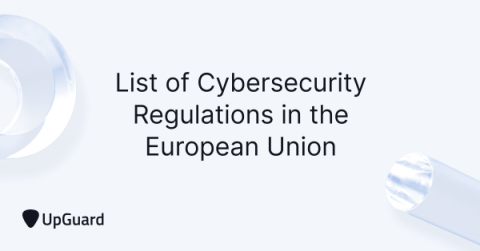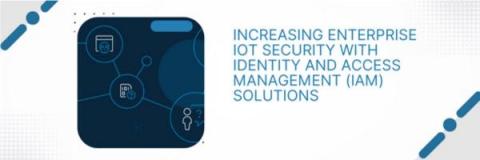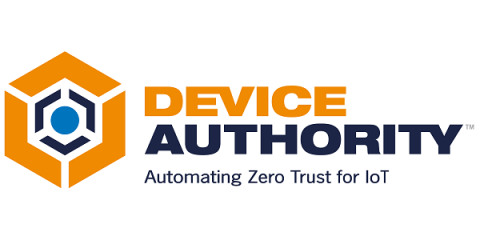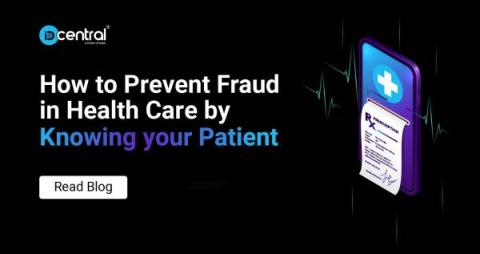WhatsApp Scams in 2022: What to Look out for
WhatsApp is ranked as the most popular mobile messenger app in the world. In fact, there are two billion active users on the app. This is an incredibly large audience. Unfortunately, it is also a huge number of potential victims for criminals to target.










